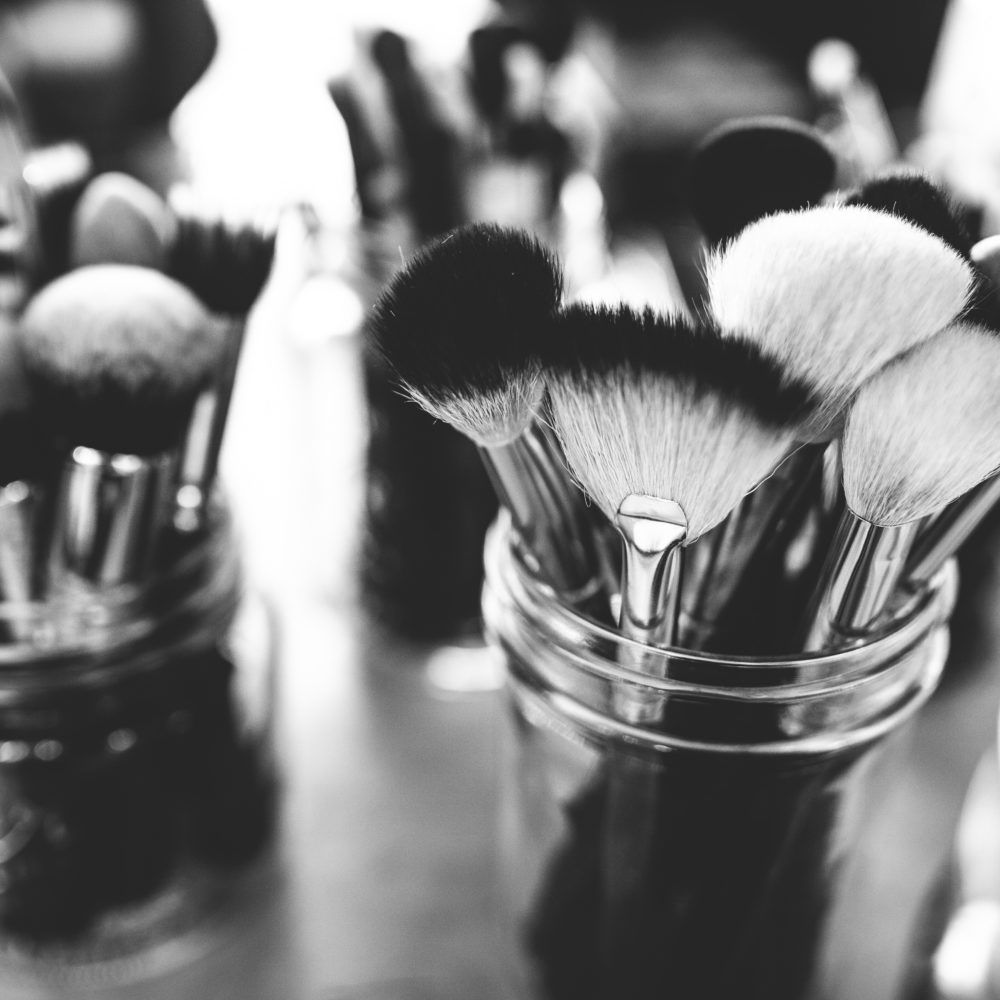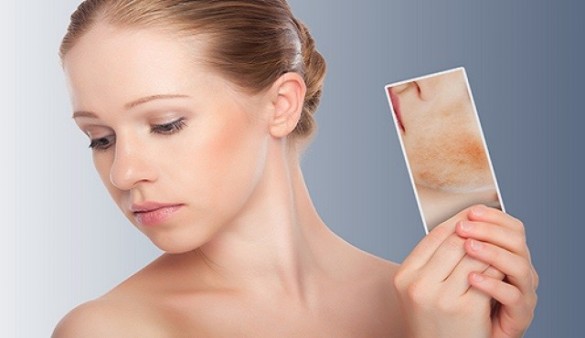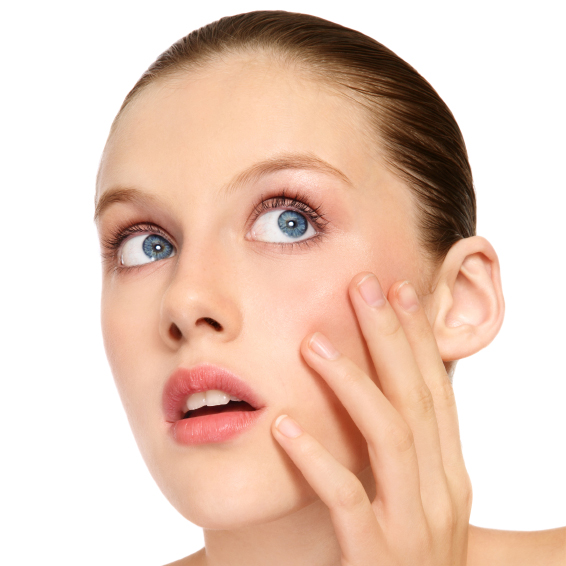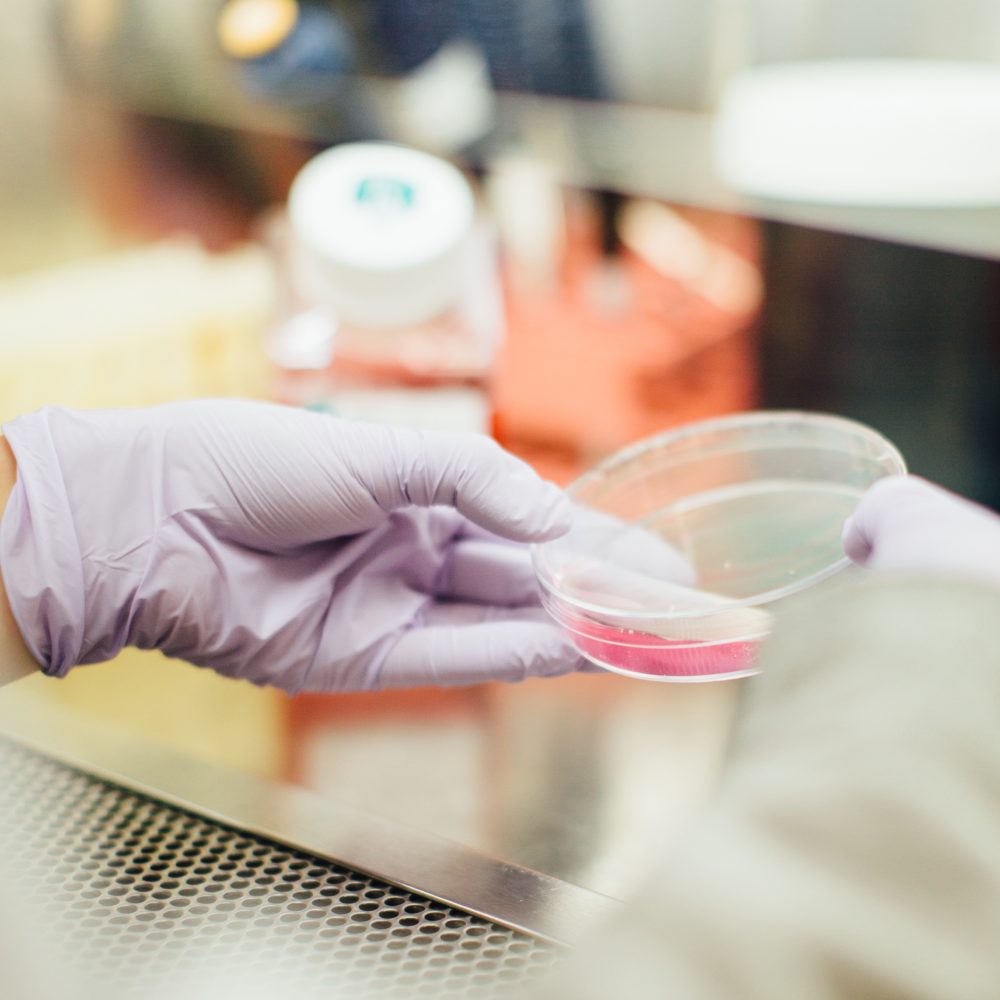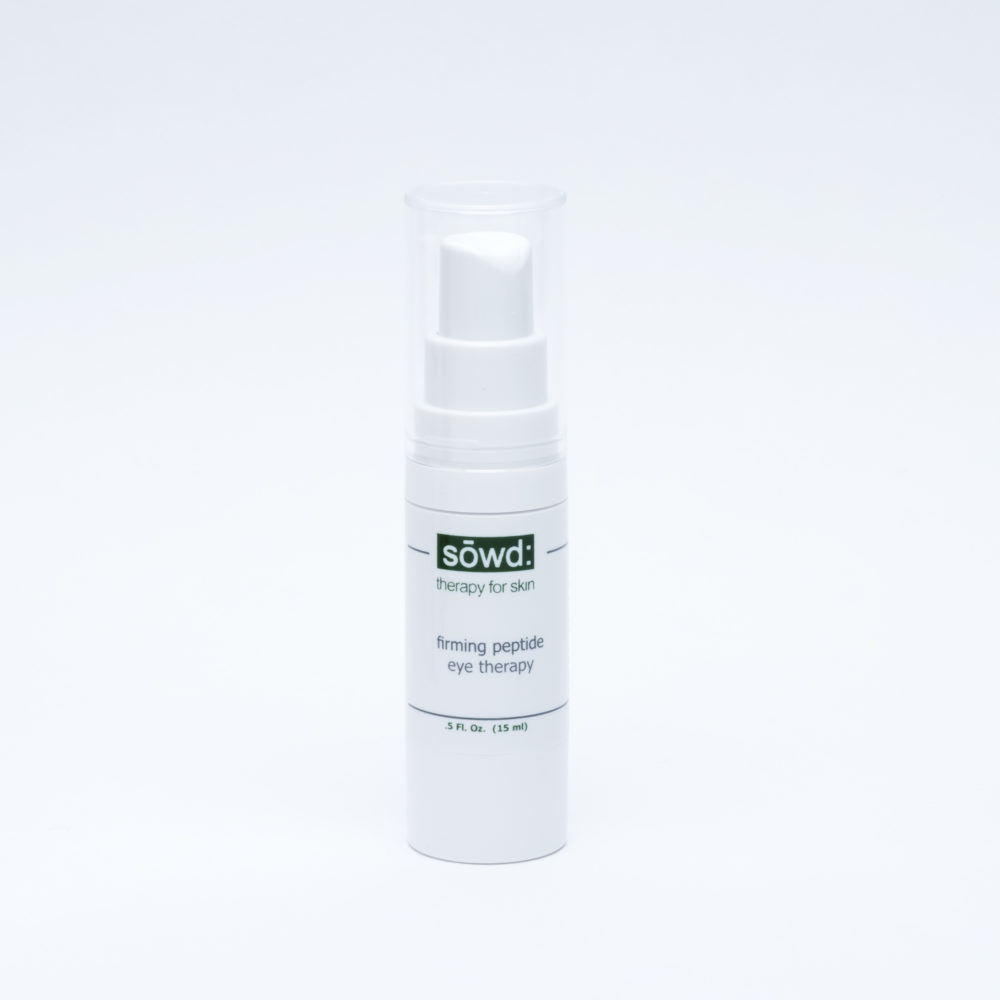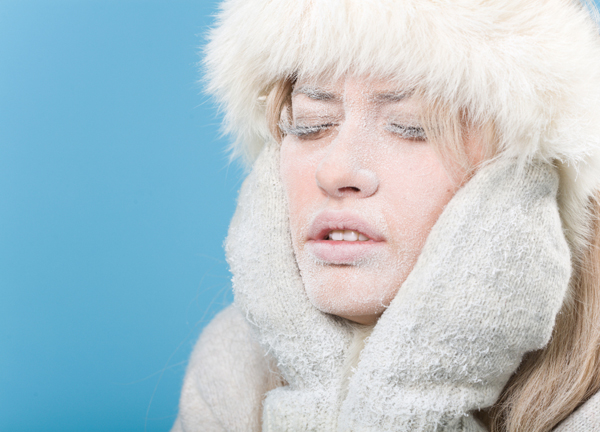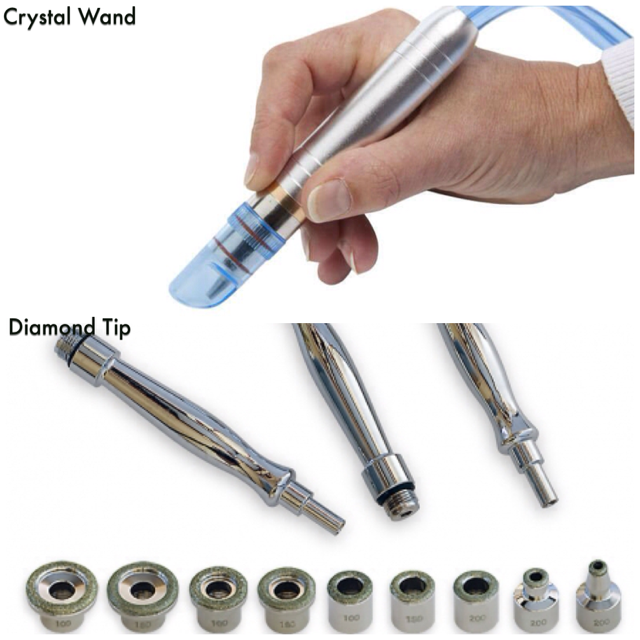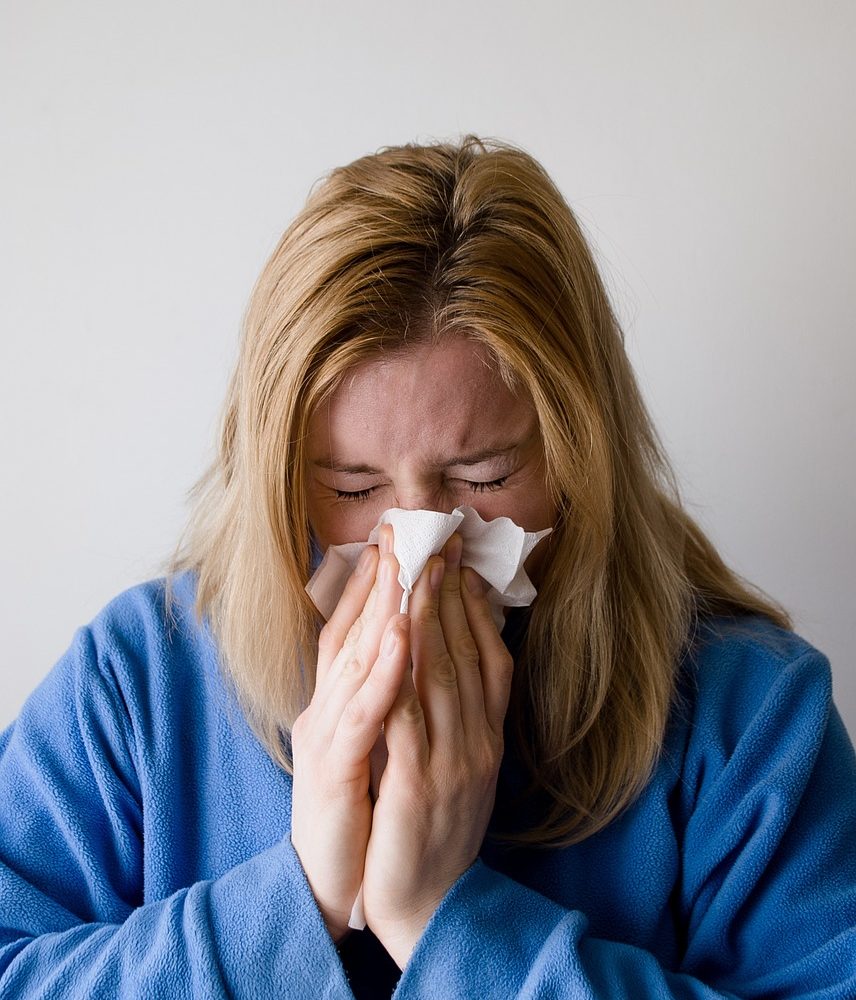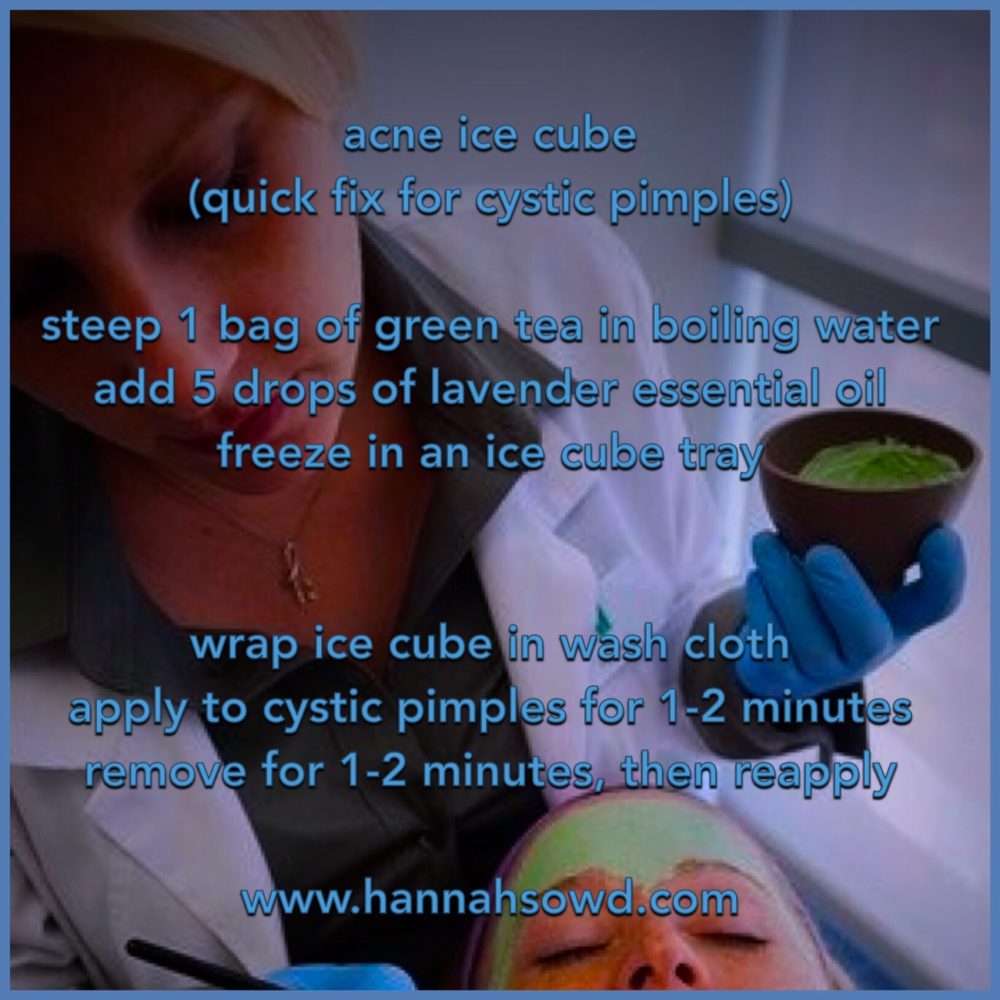Back in the 90’s when I first began my career in the spa and wellness industry, the rule of thumb was no spa treatments for clients with active cancer. Some people even recommended waiting as long as 5 years after being cleared of cancer to receive massage.
Massage stimulates the lymphatic system and was thought to have a hand in potentially spreading the cancer. Skin care treatments could damage tissue made fragile by harsh chemotherapy treatments and active ingredients could react in unknown ways.
This mindset began to change as some doctors realized modalities like reflexology and acupuncture can help ease the pain and nausea associated with cancer fighting treatments like chemotherapy.
Additionally, skin care companies began manufacturing products not only safe to use during chemotherapy but beneficial.
The relaxation aspect of a day at the spa is also very important when going thru such a difficult illness.
Before going to a spa, have a conversation with your doctor about your current condition and get recommendations about treatments to have and what to avoid.
When scheduling appointments, be up front with the spa and your therapists. Many spas have therapists training in oncology massage and esthetics.
While researching this post, I came across a message board where women with breast cancer were discussing being turned away from a spa when trying to get a massage and one women said she had simply stopped telling her massage therapists. This is never a good option! You deserve to work with a therapist who is trained an comfortable with what is going on in your body.



